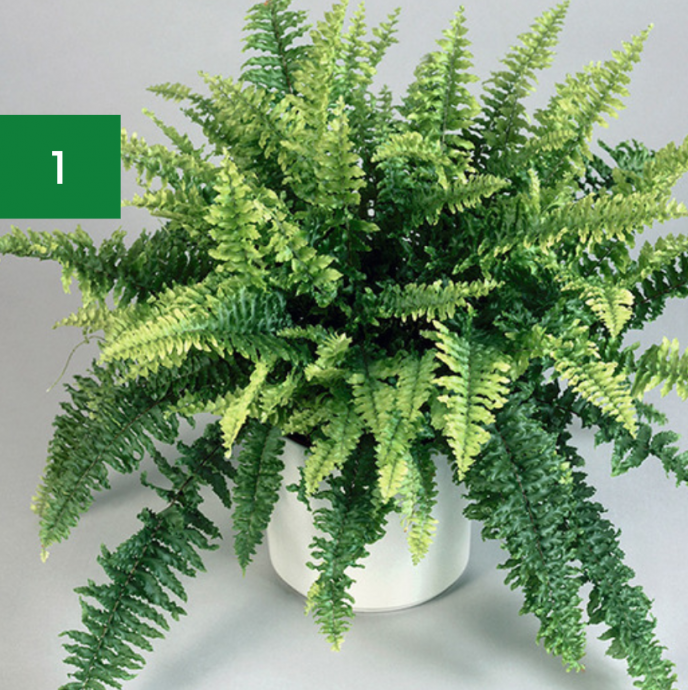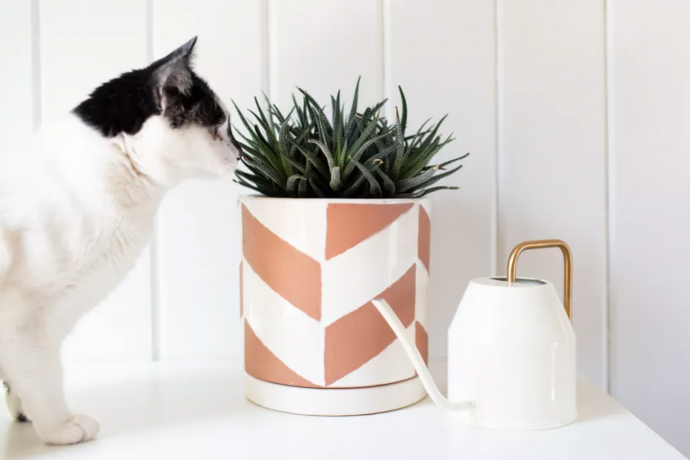Boston Fern

Although some ferns are toxic, the Boston Fern is a safe indoor plant to keep around your pets and children. Originally from the tropics, this plant prefers filtered light and high humidity levels.
Blue Echeveria (Echeveria Glauca)

The Blue Echeveria, Echeveria glauca, or Blue Mexican Hen and Chicks, is an easy-to-grow and showy succulent that is safe for children and pets. Unlike some succulents, which are almost as sharp as cacti spines, and others with toxins, the Blue Mexican Hen and Chicks are a soft succulent with a beautiful blue color.
Baby Rubber Plant (Peperomia Obtusifolia)

This is a quite easy to care for non-toxic houseplant with interestingly shaped, shiny and deep green leaves. I keep mine in a relatively shaded shelf in a South facing room, this way it still gets plenty of light without being exposed to bright, direct sunlight. It seems like Rubber Plants thrive in bright but indirect sunlight, however, they do tolerate medium light. I water mine once a week and I don’t give it too much water as this plant is an epiphytes.
Baby's Tears (Soleirolia Soleirolii)

Whether you call it baby’s tears, Paddy’s wig, mind-your-own-business or any of the many other names it goes by, Soleirolia is a child- and pet-safe plant that produces lots of tiny white flowers. It’s native to the northern Mediterranean.
Prayer Plant (Maranta Leuconeura)

The prayer plant gets its name from the way the leaves fold in the evening, as if they’re hands folded in prayer. Native to the rainforests of Brazil, the prayer plant prefers bright, indirect sunlight and high humidity.
Parlour Palm (Chamaedorea Elegans)

The parlour palm is native to Mexico and Guatemala and indoors it can grow to about two meters. It prefers humidity and bright, indirect light but will tolerate drier, low-light conditions. One of the great features of the parlour palm is that it’s low maintenance.
Phalaenopsis Orchids

The Phalaenopsis orchid is non-toxic to cats and dogs, so feel free to keep them in any room of the house. Plus, it couldn’t be easier to care for. Just water with three ice cubes per week. There are many different species and they come in a variety of colors.








